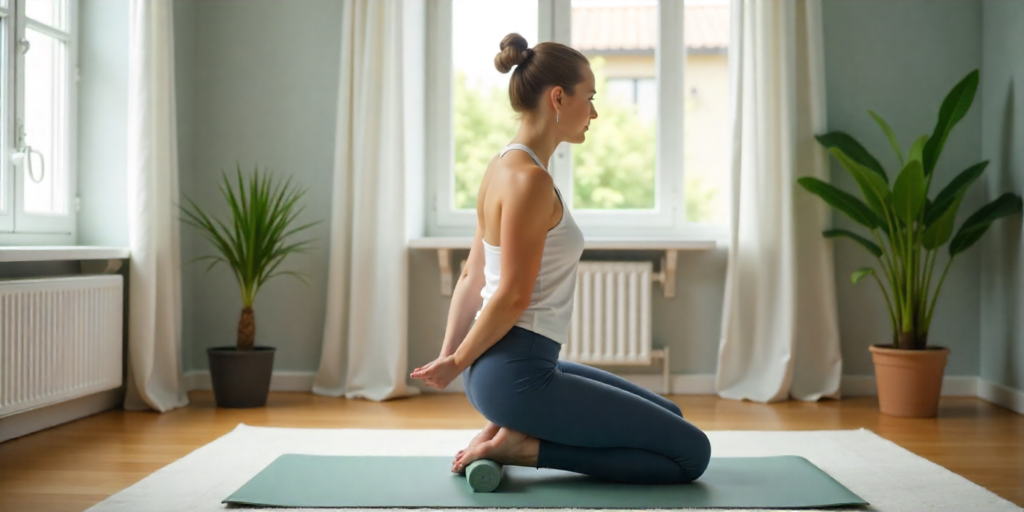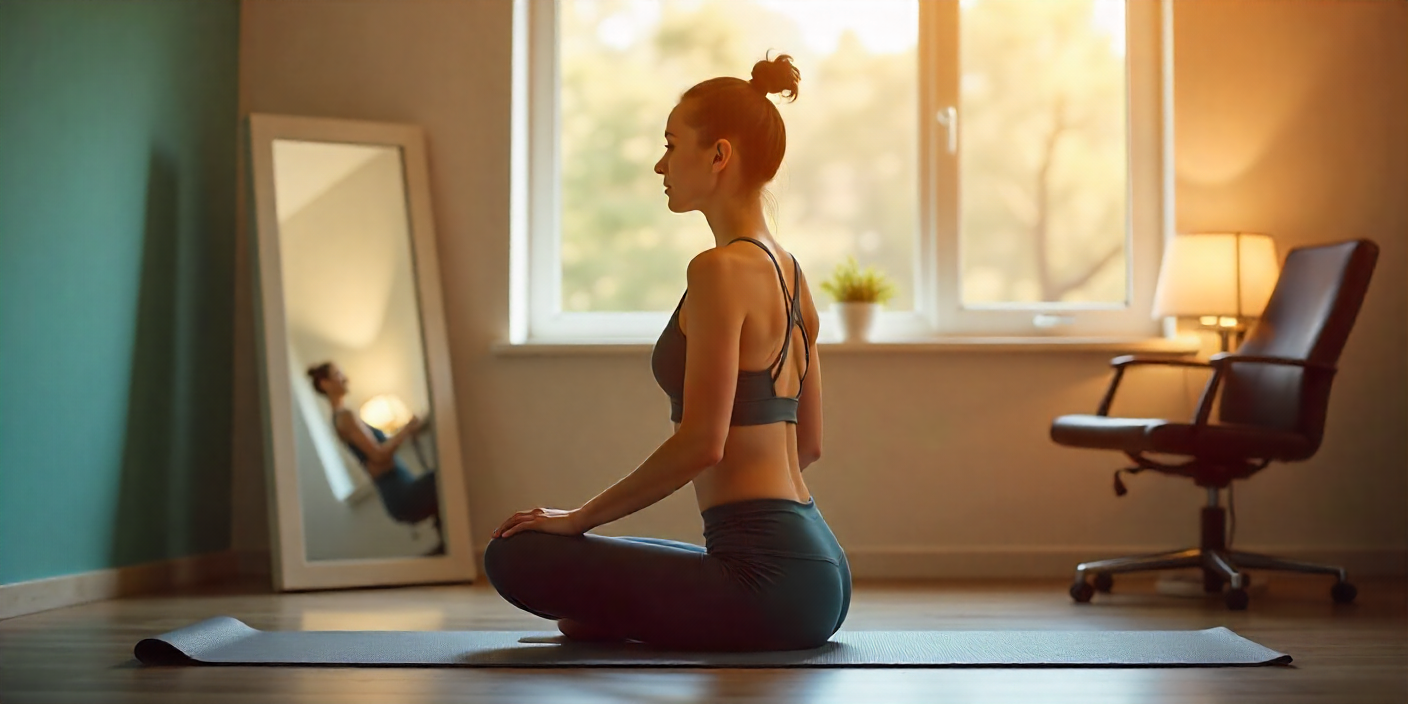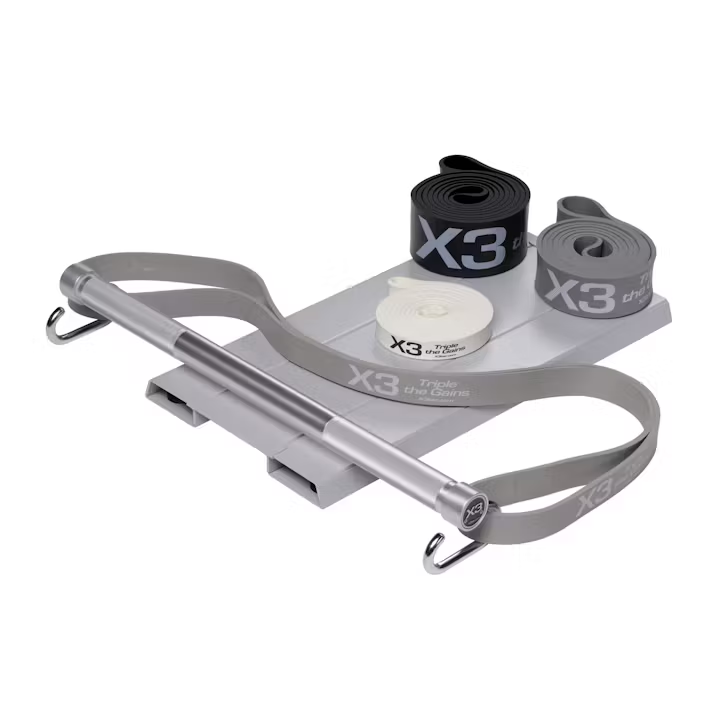
Living with scoliosis can be challenging, but simple posture adjustments and exercises can significantly reduce pain and improve spinal alignment—without costing a dime. Here are five , effective strategies to help manage scoliosis discomfort naturally.
Wall Angels: The Ultimate Posture Corrector
How It Helps:
Wall angels strengthen the upper back and shoulder muscles, promoting better posture and reducing strain on the spine.
How to Do It:
- Stand with your back flat against a wall, feet slightly apart.
- Bend your elbows to 90 degrees, pressing your arms against the wall (like a “goalpost” position).
- Slowly slide your arms up and down in a “snow angel” motion, keeping contact with the wall.
- Repeat for 2–3 sets of 10 reps daily.
Tip: If your shoulders lift off the wall, reduce the range of motion until you build strength.
Pillow Adjustments for Better Spinal Alignment
Sleeping with proper support can prevent scoliosis-related stiffness and pain.
Best Sleeping Positions & Pillow Tips:
- ✔ Side Sleepers: Place a pillow between your knees to keep hips aligned.
- ✔ Back Sleepers: Use a thin pillow under your head and a small rolled towel under your neck for support.
- ✔ Stomach Sleepers (not ideal): If unavoidable, place a flat pillow under your hips to reduce lower back strain.
Bonus: Try a rolled-up towel under your waist while lying on your back to maintain the spine’s natural curve.
Schoolbag/Backpack Tips to Reduce Strain
Carrying heavy bags unevenly worsens scoliosis pain. Follow these tips:
- ✅ Wear Both Straps: Distribute weight evenly across shoulders.
- ✅ Lighten the Load: Carry only essentials (max 10–15% of body weight).
- ✅ Use a Backpack with Padded Straps: Reduces pressure on the spine.
- ✅ Adjust Straps Properly: The bag should sit snugly against your back, not sagging below your waist.
Pro Tip: If possible, use a rolling backpack to eliminate spinal strain entirely.
Seated Posture Fixes for All-Day Relief
Poor sitting posture increases scoliosis discomfort. Try these adjustments:
- Sit Tall: Keep ears over shoulders and shoulders over hips.
- Use Lumbar Support: A small cushion or rolled towel behind your lower back helps.
- Feet Flat on Floor: Avoid crossing legs to maintain pelvic balance.
- Take Breaks: Stand and stretch every 30 minutes.
Quick Exercise:
While seated, gently squeeze your shoulder blades together for 5 seconds to combat slouching.
Standing & Walking Posture Awareness
Small tweaks in how you stand and walk can ease scoliosis pain:
- Shift Weight Evenly: Avoid leaning on one leg.
- Engage Core Muscles: Lightly tighten your abs to support your spine.
- Check Shoe Support: Wear cushioned, supportive shoes to improve alignment.
Posture Check Trick:
Imagine a string pulling you up from the top of your head to align your spine.
Final Thoughts
Managing scoliosis pain doesn’t always require expensive treatments—these zero-cost posture fixes can make a big difference. By incorporating wall angels, proper pillow support, ergonomic backpack habits, and mindful sitting/standing techniques, you can reduce discomfort and improve spinal health naturally.
For personalized guidance on scoliosis management, consider consulting a specialist to tailor a plan for your unique needs.
🔗 Explore more resources here: Dr. Vibe’s Shop






















